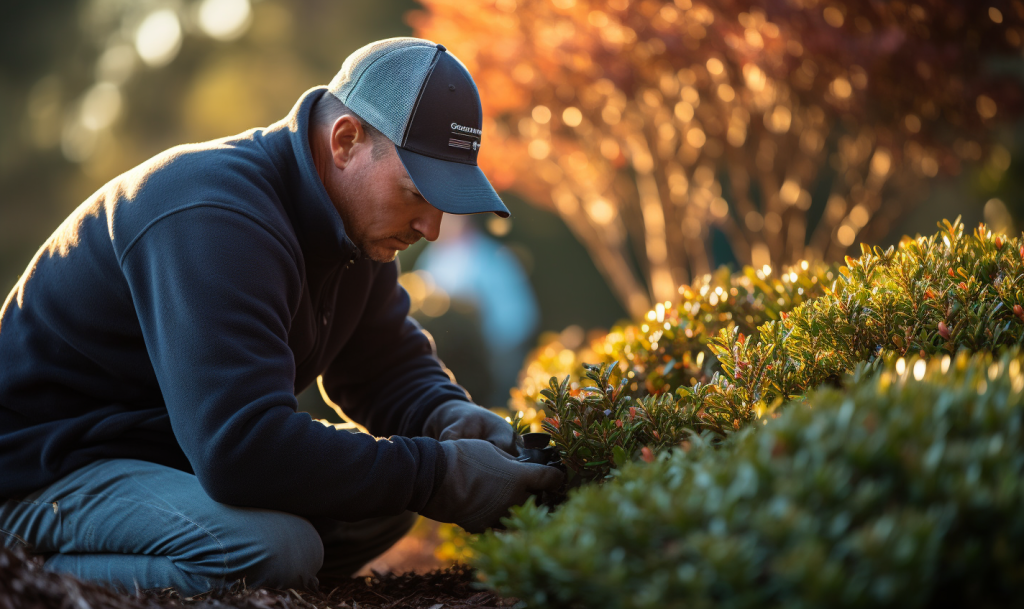Have you ever wondered why pruning in winter is more than just tidying up your garden? Well, picture this: while your plants cozy up under a blanket of frost, the snips and trims you make now set the stage for a spectacular spring show. Winter pruning isn’t just about keeping things neat; it’s the secret sauce for healthy, thriving plants. In this guide, we’ll dive into why grabbing those shears in the cold months is a game-changer. From sparking new growth to keeping pesky diseases at bay, we’ll uncover why winter pruning is your garden’s best friend.

Benefits of Winter Pruning
1. Promotes Healthy Growth
Winter pruning acts as a catalyst for vitality when spring arrives. By delicately removing dead or diseased branches, the plant’s energy redirects towards rejuvenation. This process stimulates new growth and sets the stage for a more robust, healthier plant structure.
2. Prevents Disease Spread
Winter presents an opportunity to curtail diseases or pests that thrived during the growing season. By carefully snipping away dead or diseased branches, you’re not just removing unsightly parts but actively preventing the spread of maladies.
3. Improves Air Circulation
In the quiet of winter, plants might seem at rest, but they still need good airflow. Thinning out crowded branches creates space for air to circulate freely around the plant. Enhanced airflow isn’t just a matter of comfort; it’s a necessity for the plant’s health. Improved circulation ensures that come spring, your garden is ready to breathe deeply and grow vigorously.
4. Shapes and Controls Growth
Nature can be wild and unruly, but with the gentle hand of winter pruning, you can guide it towards a more controlled and aesthetic form. Trimming during the dormant season helps manage the size and shape of your shrubs and trees. With strategic cuts, you’re not just shaping their appearance but influencing how they grow, ensuring they fit perfectly into your envisioned landscape.

Tips for Winter Pruning
This winter, take advantage of the quieter garden days to give your plants the care they need. Deciduous trees and shrubs, fruit trees, evergreens, perennials, and roses—each benefits from a tailored approach to pruning. Remember, it’s not just about clipping away; it’s about understanding the unique needs of each plant and trimming accordingly.
Equipped with proper tools, be attentive to your pruning approach. Make purposeful cuts, striving for accuracy to promote ideal regrowth. Explore tailored techniques for various plants, guaranteeing their optimal care.
Additional Tips for Winter Pruning:
- Tools Matter: Use sharp, clean tools suitable for the plant type to ensure precise cuts without causing unnecessary damage.
- Time it Right: Prune when the plants are dormant to minimize stress and encourage healthy regrowth.
- Know Your Plants: Research specific pruning techniques for different plants to provide them with the best care possible. Stay tuned, in upcoming posts, we’ll dive deeper into specific care routines and techniques for specific plants, common in the Georgia region like:
- Roses: Various types of roses, including hybrid teas, floribundas, and climbers, benefit from winter pruning. Trimming back dead or damaged canes and shaping the bushes helps promote new growth and better flowering in the spring.
- Fruit Trees: Peach, apple, plum, and pear trees often thrive with winter pruning. Removing dead or diseased branches, shaping the tree for optimal sunlight exposure, and thinning branches to improve airflow can enhance fruit production.
- Evergreens: Plants like boxwoods, hollies, junipers, and cedars benefit from winter pruning. Trimming to maintain shape, remove dead branches, and control size helps keep these evergreens healthy and visually appealing.
- Crepe Myrtles: These popular flowering trees benefit from selective pruning in winter. Trimming away crossed or crowded branches and removing seed pods promotes better flowering and growth in the following season.
- Hydrangeas: Some varieties of hydrangeas benefit from winter pruning in Georgia. Trimming back old flower heads and removing dead wood can help encourage new growth and larger blooms.
As spring arrives, your garden will showcase the fruits of your winter labor—a lively landscape flourishing with health, vibrancy, and the care you’ve provided.
Need assistance with winter pruning? Contact us today for a complimentary quote.

